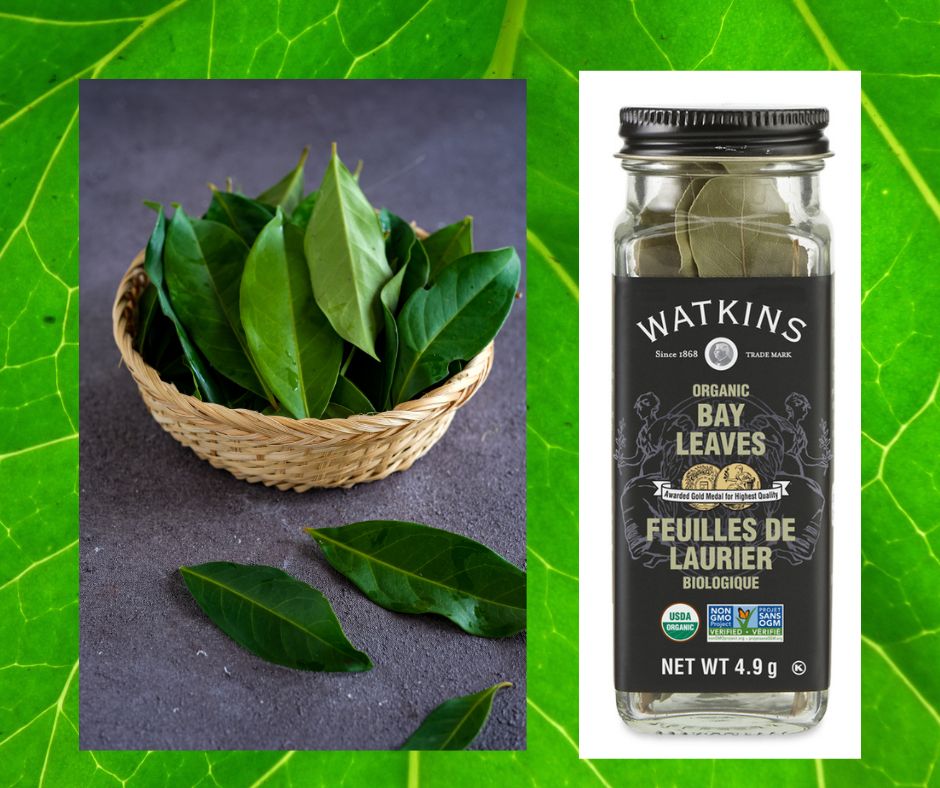|
Bay leaves, a seemingly humble herb, has been a staple in kitchens around the world for centuries. But did you know that this unassuming leaf holds a wealth of health benefits and culinary uses waiting to be discovered?
In the kitchen, bay leaves are a versatile herb that can add depth and flavor to soups, stews, sauces, and marinades. They are often used to infuse dishes with a subtle aromatic quality that enhances the overall taste. When using bay leaves in cooking, remember to remove them before serving as they can be a choking hazard. Whether you are looking to elevate your culinary creations or reap the health benefits, incorporating bay leaves into your diet is a smart and delicious choice. Bay leaves are more than just a common ingredient in cooking - they also offer a variety of health benefits. These fragrant leaves are packed with vitamins and minerals, including vitamin A, vitamin C, calcium, and magnesium. Bay leaves have been used for centuries in traditional medicine for their anti-inflammatory and antioxidant properties. In this blog post, we delve into the fascinating world of bay leaf, exploring its rich history, traditional uses, and modern applications. From adding depth to soups and stews to being a powerhouse of antioxidants and anti-inflammatory properties, the bay leaf is truly a versatile and underrated herb. Join us on a journey to unlock the secrets of this aromatic leaf, and learn how you can incorporate it into your cooking and wellness routines. Say goodbye to overlooking the bay leaf in your spice cabinet, and embrace its potential to elevate your dishes and enrich your health. Bay Leaves can be used in the following:
0 Comments
|
Archives
December 2024
|


 RSS Feed
RSS Feed